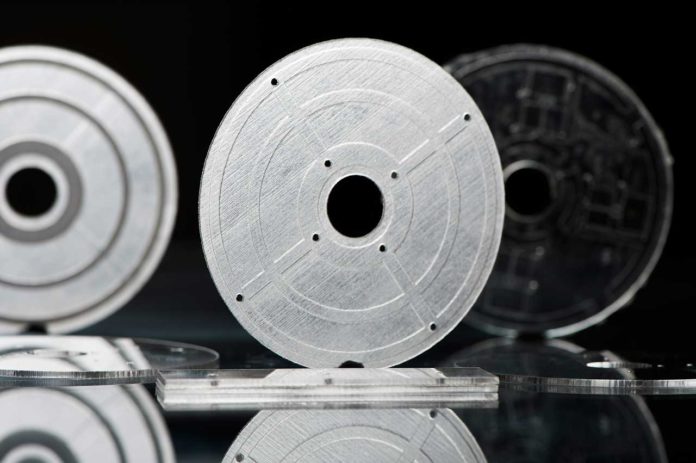It is not feasible to pack everything from the Earth for NASA’s long course missions on to the Mars or moon. NASA needs a reliable life support system that will use nonrenewable sources packed from the earth along with resources available locally- solar and biological energy.
The astronauts can also pack Earth’s unique renewable source of energy – cells. For example, cells of fungi and bacteria can be reprogrammed with synthetic DNA to produce specific materials such as bioplastic. These materials can be used in 3D printers to manufacture things that the astronauts may need during long spaceflights such as hardware, food, etc.
In an opinion piece published online in Trends in Biotechnology, researchers from the Universities Space Research Association (USRA), MIT Lincoln Laboratory, and NASA outline ways synthetic biology and 3-D printing can support life during deep-space human missions. However, to make these ideas a reality, NASA is seeking help.
“Our opinion piece is a call to action to get DIY [do-it-yourself] biology and makerspace communities involved,” says Peter Carr, who works in Lincoln Laboratory’s Bioengineering Systems and Technologies Group. The DIY biology community allows anyone in public with interest to conduct biological engineering. The community operates outside the traditional academic or industry settings and spreads knowledge through open sourcing. Many DIY biologist groups operate makerspaces that provide equipment and supplies for members to experiment independently.
“These separate, eclectic communities do bio in unique settings all the time and are pioneers at rapid prototyping and developing technologies with limited resources. There are parallels here with space and the needs of NASA crews,” Carr says. “But this also requires organizations like ours and NASA to connect more deeply with them in a two-way process, so there’s a real pathway to getting people’s work into space. We’re just getting started.”
3D printers have already proven their utility for manufacturing on-demand items on the ISS, such as replacement hardware. However, a new issue is to supply the ship with printer feedstock. To meet this need, the authors envision using synthetic biology to produce custom biological “ink” to 3-D print whatever may be needed throughout a mission. This process would give scientists “the autonomy to design for the unknown,” says Jessica Snyder, a USRA researcher who leads the NASA Academic Mission Services synthetic biology task.
Living organisms can convert sunlight, nitrogen, and water into the final product, and bioengineers can use inner logic of these organisms’ cells to produce required compounds. The building blocks to edit these cells can be digitized and sent to the space crew in the form of a DNA sequence, which can be synthesized, assembled, and inserted into an organism on the ship. “The idea is what we call a ‘bits-to-biology’ converter,” says David Walsh, a bioengineer at Lincoln Laboratory.
Example of how this vision could be implemented – consider that the astronauts faced a solar panel torn on the ISS/space mission. Whether the DIY type or not, a synthetic biologist from the Earth will design a genetic program to instruct bacteria to produce the polymer feedstock for 3-D printing.
This genetic instruction for 3-D printing will be sent digitally from the Earth. The crew will reproduce the program and synthesize the raw material, which will be used in 3-D printing straps. “We have the power of digital information.”
We can design and work out all of the kinks on Earth and send the instructions to space,” Walsh says. The same principles can be used to insert DNA into organisms in the area to make target compounds for food or pharmaceuticals, which, if brought directly from Earth, would degrade over time from radiation in space.
“We often hear about the engineer who was inspired by NASA in their youth and works there now. But what about the bio people who are inspired by these grand ideas? How can they contribute? Now is a chance to transition their ideas to space,” Carr says. “There is so much opportunity to innovate.”
